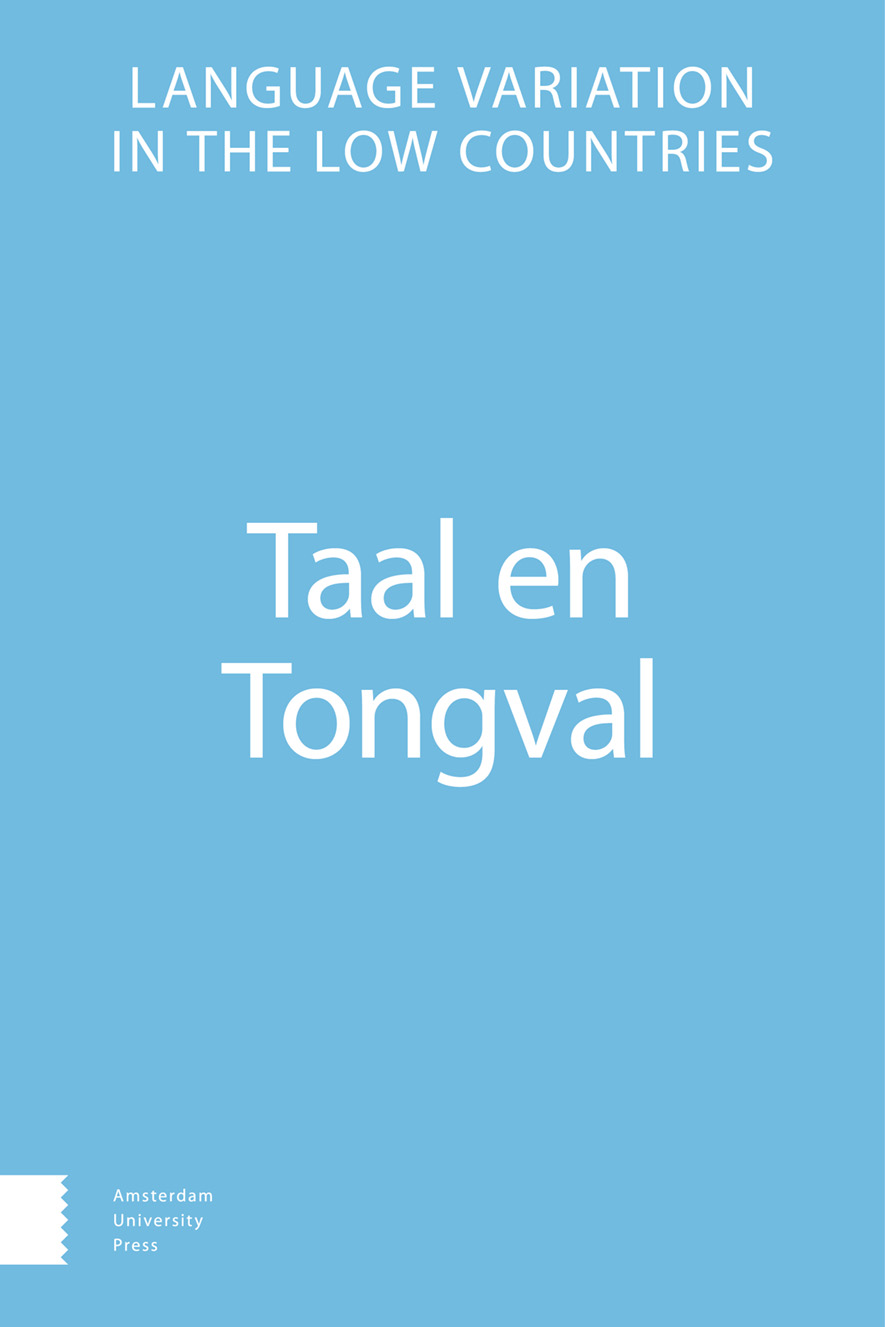-
oa Tussen Oudorp en Oldorp: in hoeverre beantwoorden plaatsnamen aan isoglossen?
- Amsterdam University Press
- Source: Taal en Tongval, Volume 68, Issue 1, Nov 2016, p. 13 - 26
Abstract
Between Oudorp and Oldorp: to what extent do place names obey isoglosses?
A widely known isogloss in the Dutch-German linguistic region separates a western area with the phoneme [ʌu] (rendered as <ou> or <au>), followed by a dental consonant (like in oud ‘old’ and hout ‘wood’ on the one hand, and an eastern area with [ɔl], followed by a dental consonant, on the other. The vocalization of /l/ started in the southwestern part of the Dutch language area and expanded to the east and north.
The position of the isogloss has been established in the 20th century on the basis of appellatives in the spoken language. The question is, to what extent toponyms, too, coincide with the isogloss. In many locations two toponym variants exist, namely a supraregional – and official – one like Oudeschans and a regional one like Òlschans. Based on data concerning the above mentioned isogloss, the article explores whether the supraregional or the dialectal toponyms, respectively, respond to the expectations the isogloss evokes.


